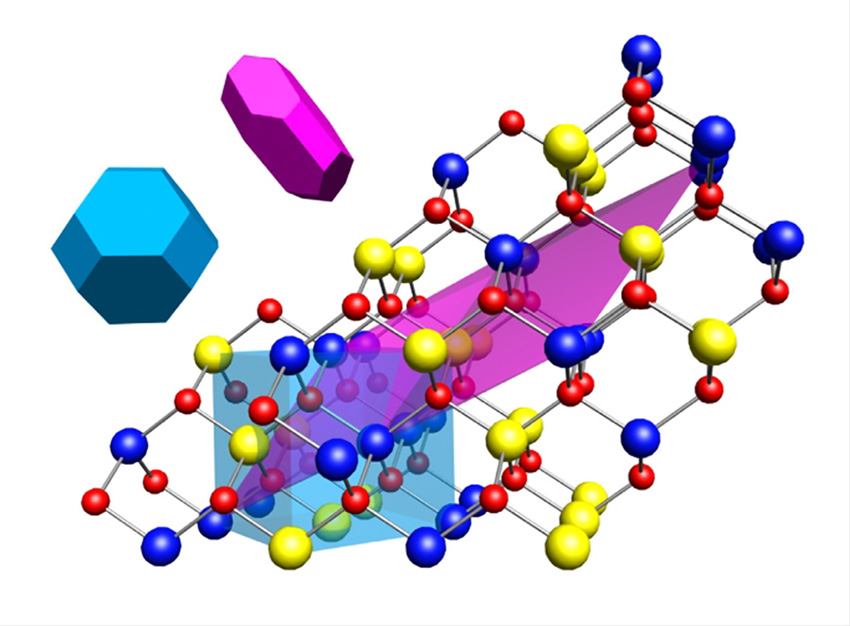A Multilayer Path to Efficient Solar Cells
Researchers reveal that the secret is controlling the ordering of the atoms.

The Science
Researchers have discovered the link between how atoms are arranged in materials during growth and their electronic properties, elucidating the mechanisms underlying why spontaneous atomic order occurs and how the order parameter can be controlled. Ordering enables tailoring the electronic properties for optimal solar photovoltaic performance.
The Impact
New understanding of semiconductor properties has resulted in triple junction solar cells that utilize layer structures to increase solar cell efficiency to over 40%; commercialization has resulted in the use of these cells for the space industry.
Summary
Solar energy is one of the most abundant sources of energy available, but use of solar photovoltaics (PV) for electricity production is limited by cost and inefficiencies. Increasing the efficiency (how much of the energy from the sun is converted to electrical energy) would decrease the cost and increase the use of solar PV. A solar cell based on a single semiconductor solar cell can absorb only a narrow range of the solar spectrum, so only that portion of sunlight can be converted efficiently into electricity. One approach to achieving very high efficiencies is to stack cells made of different materials on top of one another so that each individual cell absorbs a portion of the solar spectrum while passing the unabsorbed portions to the cells below. The challenge is to find a combination of materials that can be grown in thin layers on top of one another (akin to stacking LEGOs) and be able to absorb different parts of the solar spectrum. A combination of semiconductors that meet these requirements are GaInP2, GaAs, and Ge, and triple junction solar cells composed of these three materials have produced some of the highest efficiencies ever recorded. Basic materials research at the National Renewable Energy Laboratory on controlling the properties of GaInP2 through ordering ultimately guided the design of the top layer; subsequent research by Energy Efficiency and Renewable Energy supported development of the device. In particular, basic research demonstrated that spontaneous ordering of the gallium and indium atoms under certain growth conditions could be used to tailor the optical and electronic properties of GaInP2 to increase the solar cell efficiency. Collaborations with industry leaders, including Boeing Spectrolab (licensee) and Emcore, have led to the commercialization of NREL’s triple junction solar cell concept, which have since been widely used in the space industry, including use on the Mars Rover, for the past two decades.
Contact
Bill Tumas, NREL
Funding
Basic Research: DOE Office of Science, Basic Energy Sciences program
Applied R&D: DOE Office of Energy Efficiency and Renewable Energy, Solar Energy Technologies program
Publications
Interplay of Alloying and Ordering on the Electronic Structure of GaxIn1-xP Alloys, Y. Zhang, A. Mascarenhas, and L.-W. Wang. Phys. Rev. B 78, 235202 (2008).
Multijunction solar cells for conversion of concentrated sunlight to electricity, Sarah Kurtz, John Geisz, Optics Express 18, 73 (2010).
Related Links
DOE Office of Science Funded Basic Research at NREL that Impacts Photovoltaic Technologies (pdf)
Highlight Categories
Performer: DOE Laboratory , Industry
Additional: Technology Impact , Collaborations , EERE



